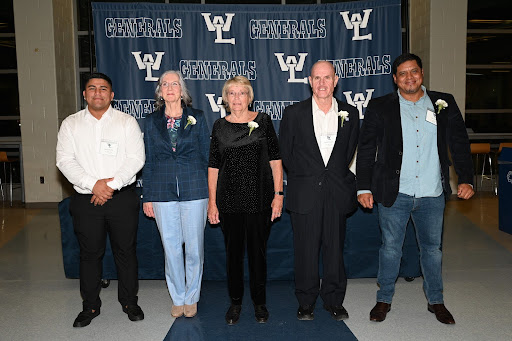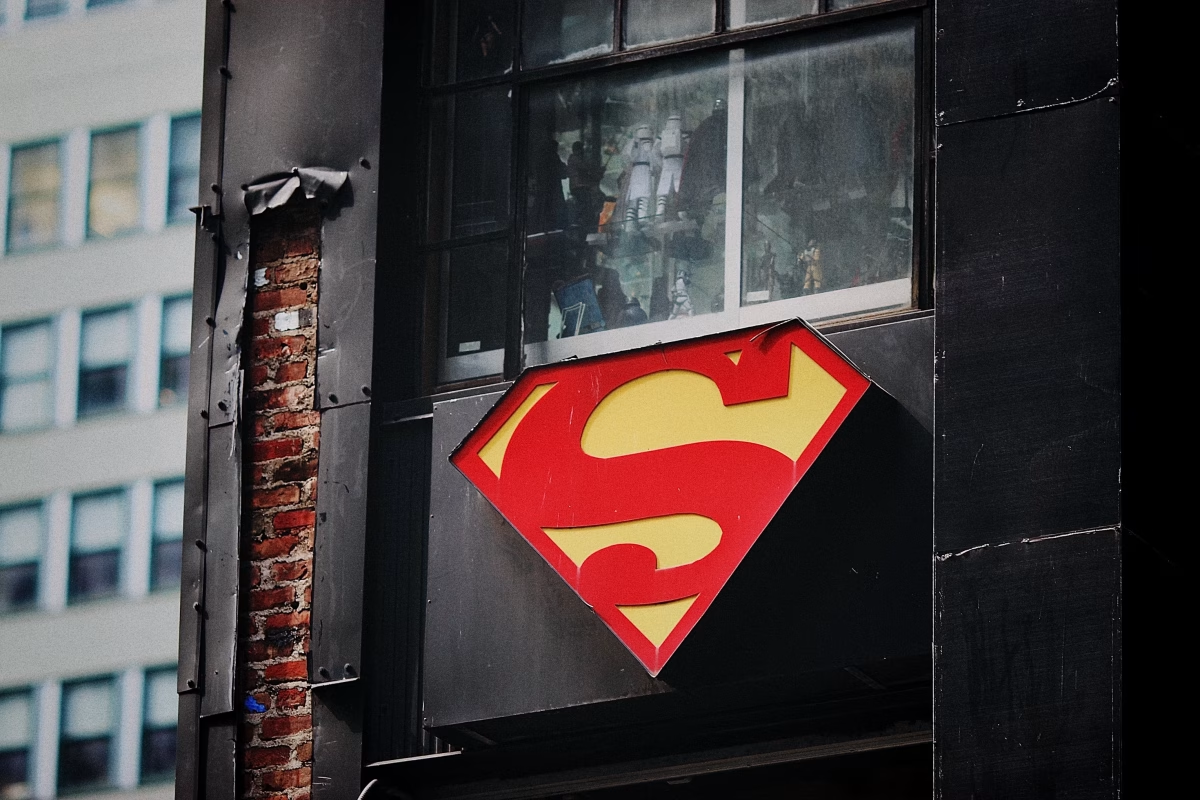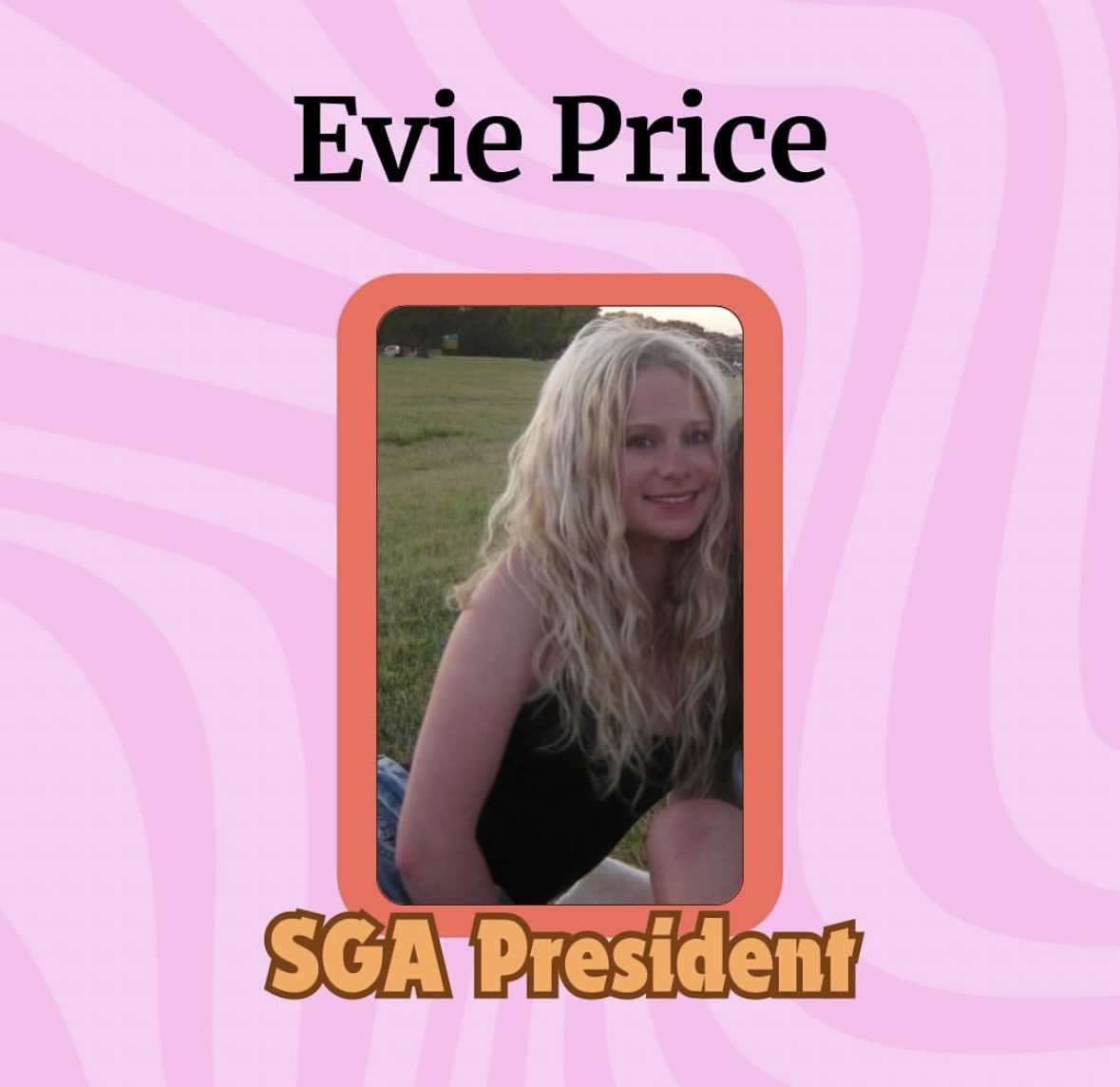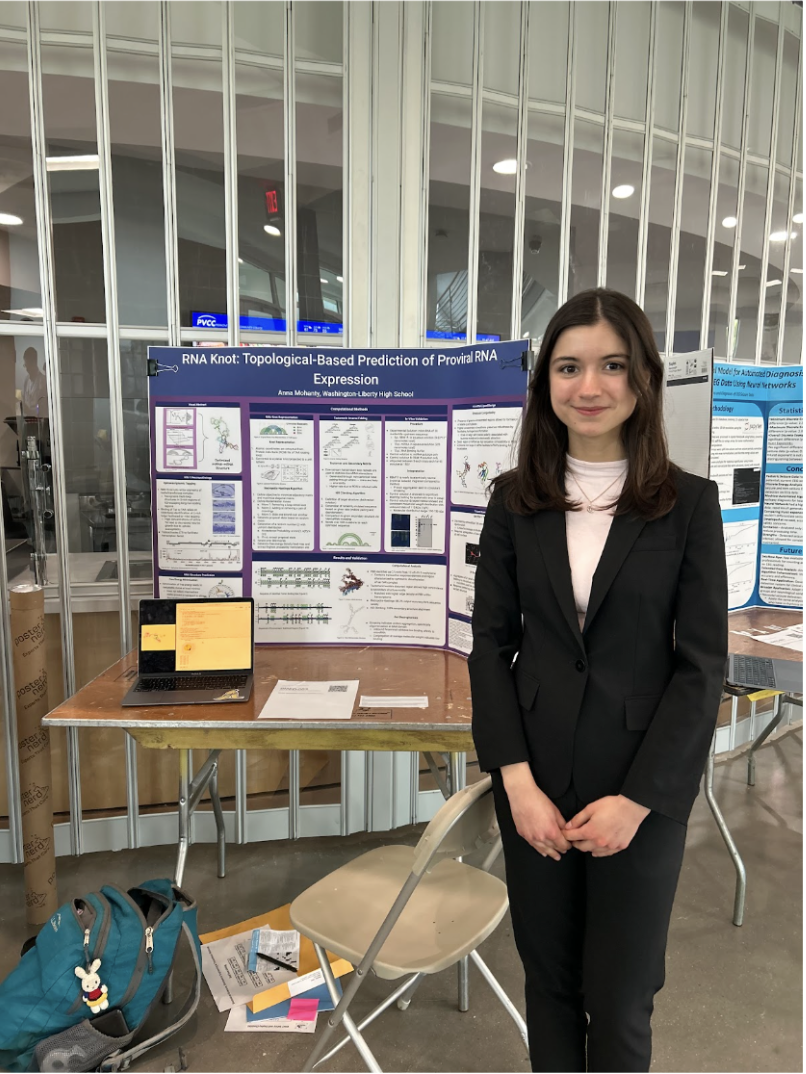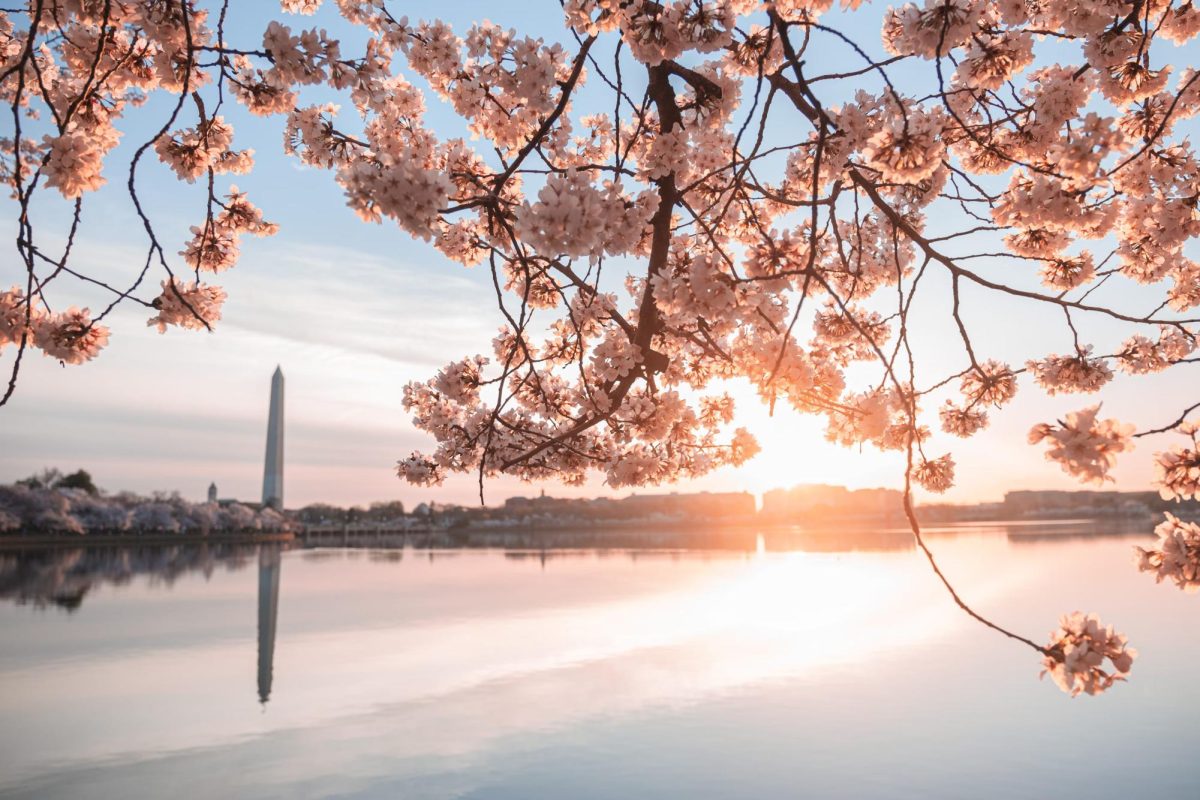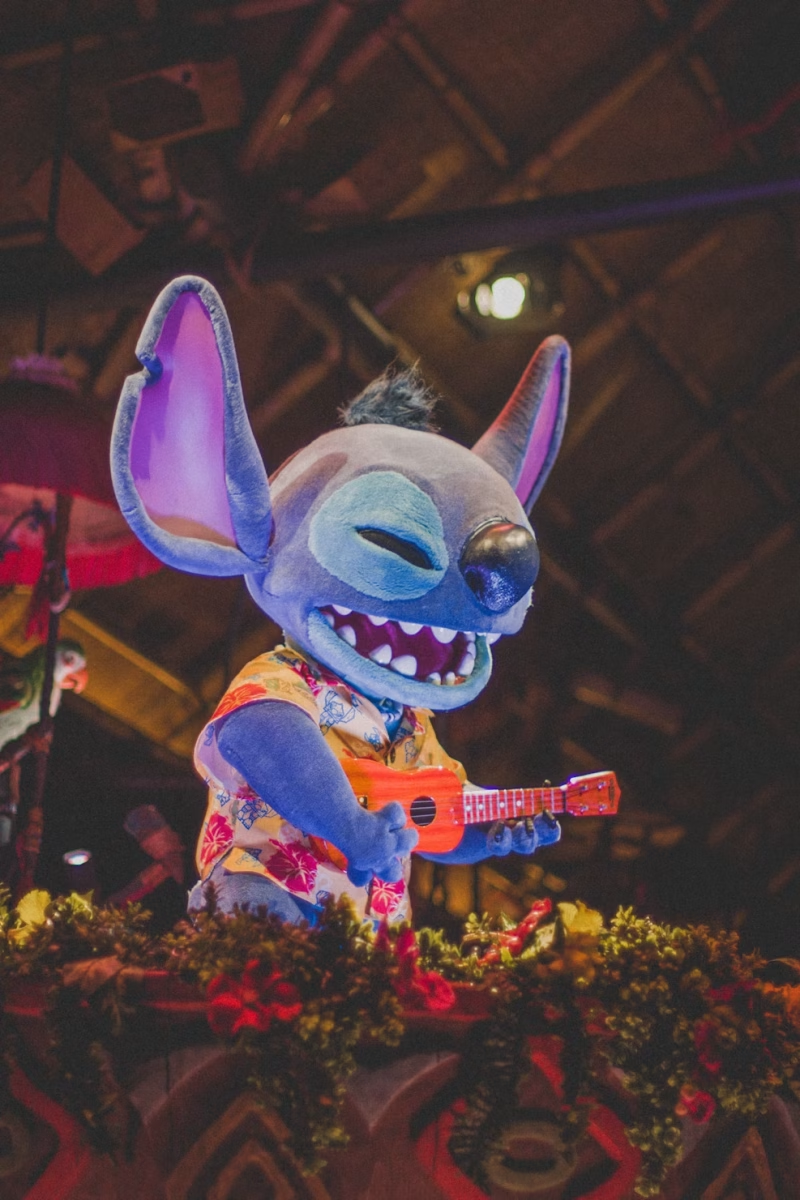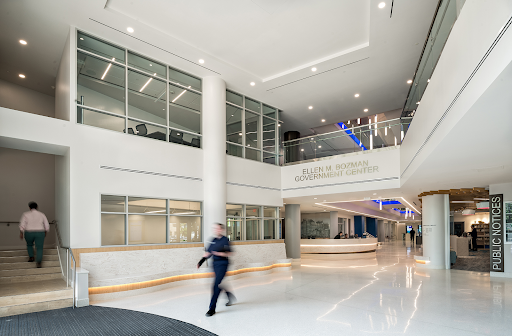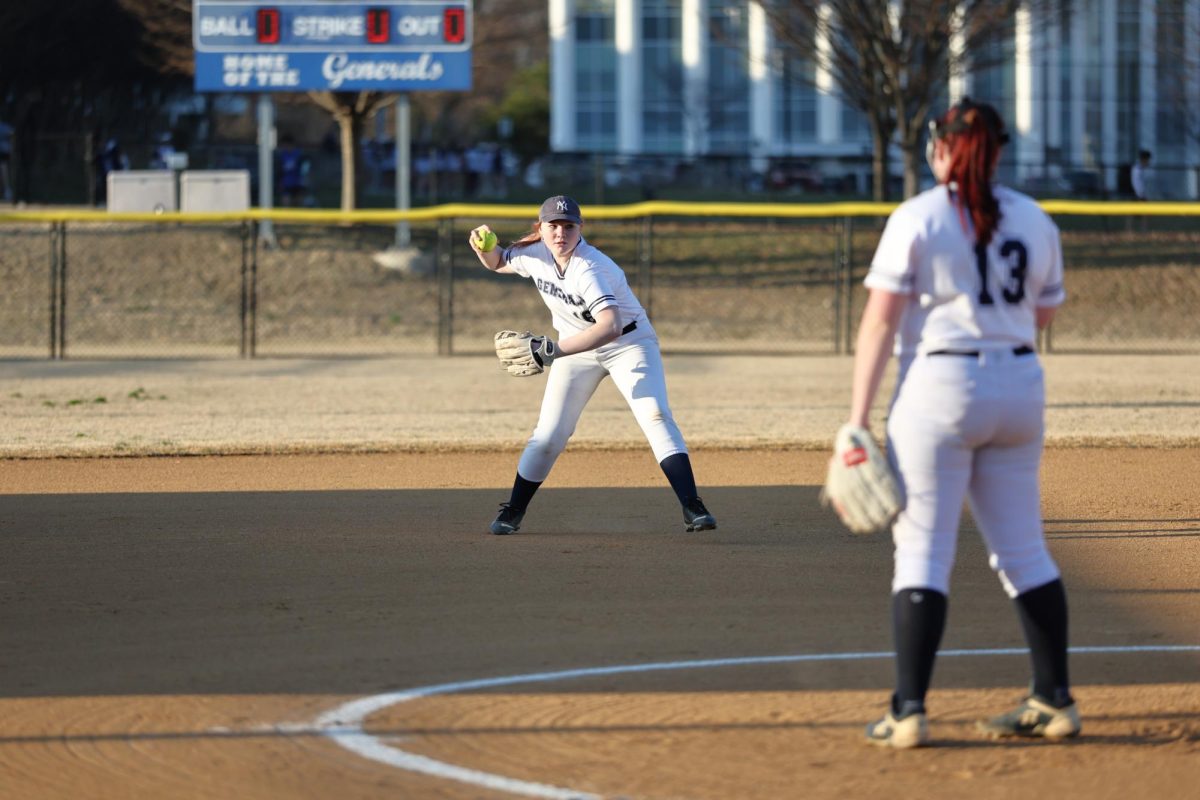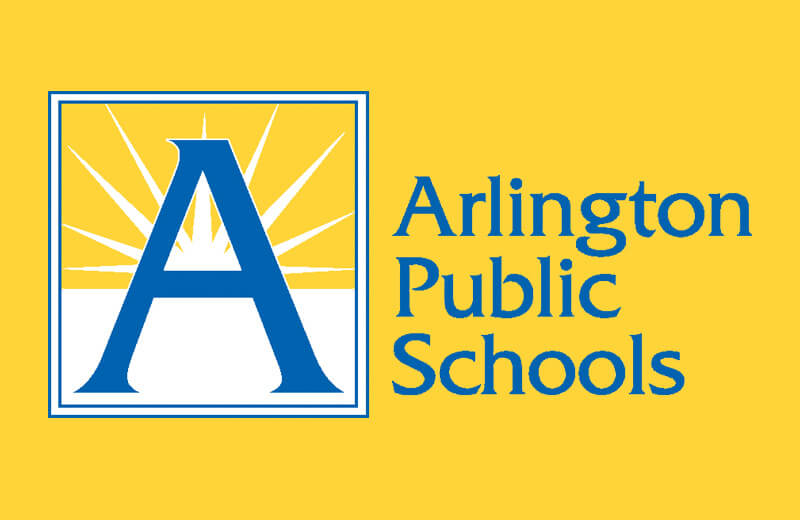The International Baccalaureate (IB) mission statement states: “The IB develops inquiring, knowledgeable and caring young people who help to create a better and more peaceful world through education that builds intercultural understanding and respect.”
IB Visual Arts is one class that does not receive as much focus. With only seven students, it taught each of them a lot of technical knowledge and skills related to oil paints, sculpture-making and sketching. The students first got the chance to explore different mediums in junior year.
“I didn’t use this medium at all during my time in IB Art, but I really like using pens because you kind of have to go along with the flow,” senior IB Visual Arts student Bilal Turner said. “If you make a mistake, you really just have to work with that, but during the class, I mainly used paint.”
Other students had different experiences with the mediums they experimented with.
“For me, [my favorite medium is] probably oil pastel because I’d say something I struggle with often is hyperrealism, and realism in general,” senior IB Visual Arts student Anna Pritchard said. “I think that kind of creating a more abstract piece to convey the message that I came up with for pieces is a lot easier for me with oil pastel. It’s very colorful and kind of looser than acrylic or oil paints.”
The students experimented with various mediums during junior year, but the class was highly structured. They had cycles that were about three weeks in length, during which they turned in a piece, and presented it to the class.
“Part of that is knowing that your work is going to be shared with everyone else, and you can’t just pretend [and go] halfway through something with people,” Pritchard said. “It’s very clear and obvious if you’ve done your work if you’ve just put in the time or not. It’s usually just putting in the time, especially if you don’t have a lot of time. I know, especially last year when we would also present our works to the seniors as well. It was really nerve-racking, at least for me, just knowing, okay, these four kids that have been doing this longer than I have are gonna see that I didn’t put enough time into this one piece. I really have to step up.”
Pritchard learned some of her other assumptions about the class had also been wrong.
“I personally had just never taken a class at a high school level, so I just didn’t really anticipate the sheer amount of writing and thought that needed to go into everything, like you couldn’t just say like, ‘Oh, that’s a pretty building, I’m gonna pick that,’” Pritchard said. “No, you have to have some hidden meaning in every single thing that you create and like a lot of writing and thought process behind it.”
Pritchard learned a lot, and this culminated in her favorite piece.
“I don’t know if it’s my own favorite but one of my favorites was definitely this cube I made last year,” Pritchard said. “I decided that I really liked oil pastel and I wanted to make a lot of different faces with oil pastel, but I didn’t really know how to present it, so I did a lot of faces with oil pastel and put them on each face of a cube and I called it kind of like a cube of emotion. If you rolled it like a die, then it would be like a different emotion would come face up, and I really liked it.”
Turner’s favorite work, on the other hand, was not a 3D creation.
“My favorite piece is this apple I painted last year,” Turner said. “Basically, it’s just an apple, cut in half. I like it because I spent the most time on it or the most active time working on it. I think, looking at it, it’s my most technically skilled work.”
The IB Visual Arts students could use these works in the exhibition, which is one of the IB assessments that they must complete. There are three assessments in the class. One is the comparative study, where students compare artwork created by different artists. IB HL (Higher Level) Visual Arts spans two years instead of one, requiring a comparative analysis of 13-20 pages.
“[One of the works I looked at was] this picture by Larry Clark, and it’s untitled, but it’s a man, and he’s smoking a cigarette, and there’s his babies right there,” senior Elizabeth Adams said. “It’s black and white. It’s really intense. … [I looked at others, but] they all tied back into the theme of nostalgia.”
While they are inspired by other artists in the comparative study, they also get inspiration for the pieces they create throughout the year.
“Each cycle, I try to research artists and use similar content and similar colors,” Adams said. “One of the favorite ones that I looked at was Johnson Tsang, and he makes these babies with odd expressions. I thought it was really cool. It was just an interesting discovery of a smaller artist.”
The second IB assessment is the process portfolio, in which students turn in materials that show their experimentation, exploration, and refinement of visual arts activities in the course. They fill out a sketchbook throughout and format it into a document for the process portfolio. IB HL Visual Arts students must create 13-25 pages demonstrating at least three different art-making forms.
“[It requires a lot of writing] to create this process portfolio, which is 20-25 slides that are super, super packed, dense, full of images and words, and describe kind of how you’ve grown as a person and as an artist,” senior IB Visual Arts student Rachel Dickerson said.
The portfolio was a difficult task, even though they had been prepared for it with the sketchbooks for two years.
“It’s basically like you’re taking all the things you did in your sketchbook and putting them onto the slideshow, but you typically need to write as neatly as possible,” IB Visual Arts senior Rachel Dickerson said. “So, we have to kind of rewrite everything, but that’s the point of the sketchbook: preparing for the process portfolio. And you do a lot of drafts, so for the first draft, you will find like ‘Oh, that was terrible.’ It wasn’t until the very end that I thought ‘Oh, this is how I should have done things.’”
The culminating assessment is the exhibition. While the first year of the course is more free-form, in the second year, the students stick to themes that their exhibition will deal with. Pritchard’s theme was mental health and the human psyche, Turner’s theme was a restaurant, Dickerson’s theme was hiddenness and exposure, and Adams’s theme was nostalgia. These assessments, coupled with the immense workload, made IB Visual Arts a challenging course.
“I think everyone kind of goes into it thinking, ‘I can do this,’” Dickerson said. “There’s always those moments that are just like ‘I have to go to Michael’s now to buy the white paint for the project that’s due tomorrow.’ Yeah, there’s those moments that you have where you’re like, ‘This is really not going to be great.’ … I’m very slow, and I think a lot, and so, it’s really hard for me to go from thinking to actually doing my work.”
They all would like to advise future students on deciding if this is the right class for them.
“I thought about the class, like, ‘This is great,’ this will be my easy class,” Dickerson said. “This is like the hardest class. It is harder than math; with math, you have homework, and you finish it, and you’re done. With art, you just feel like ‘When am I ever done?’ So, definitely just be aware that it’s definitely one of the harder classes at the school.”
In addition, she thinks there is something else incoming IB Visual Arts students should know before taking the class.
“You don’t necessarily have to be the most technical person,” Dickerson said. “It’s more like, are you a thoughtful person? Are you willing to put in the time and the hours? [If so], you will do well in the class.”
Although all those interviewed described the class as difficult, they also said it had fun moments. They went on field trips to a green fashion show at George Washington University and went to an exhibit with a former student from IB Visual Arts at the school. They also created a group mural after the exhibition. The field trip to see the exhibit was exciting for Dickerson in particular.
“It was cool getting to see other people’s art, and it was cool getting to be like, ‘Oh, this is someone who has taken the same class that we did, and now this is what she’s doing,’” Dickerson said.
IB Visual Arts proved to be a transformative experience for all students.
“My perspective on art definitely changed after taking IB Art,” Pritchard said. “I was able to broaden my horizons because, at first, I had a very narrow perspective on what is classified as art, but after taking the course, I was kind of able to see more ideas and perspectives when it came to art. So, I feel like [I love] just really how much room for exploration and expression there is in art as a whole.



